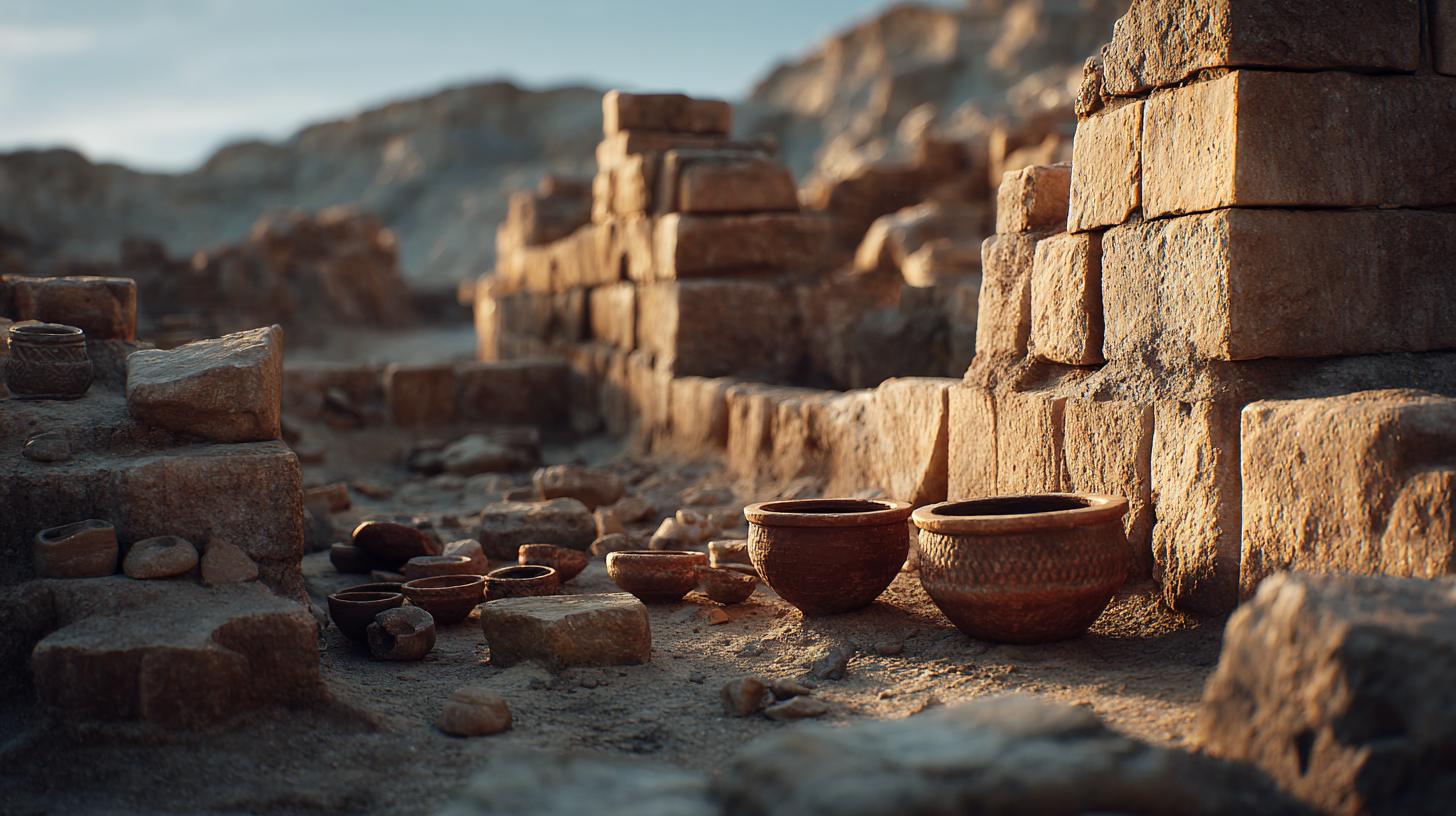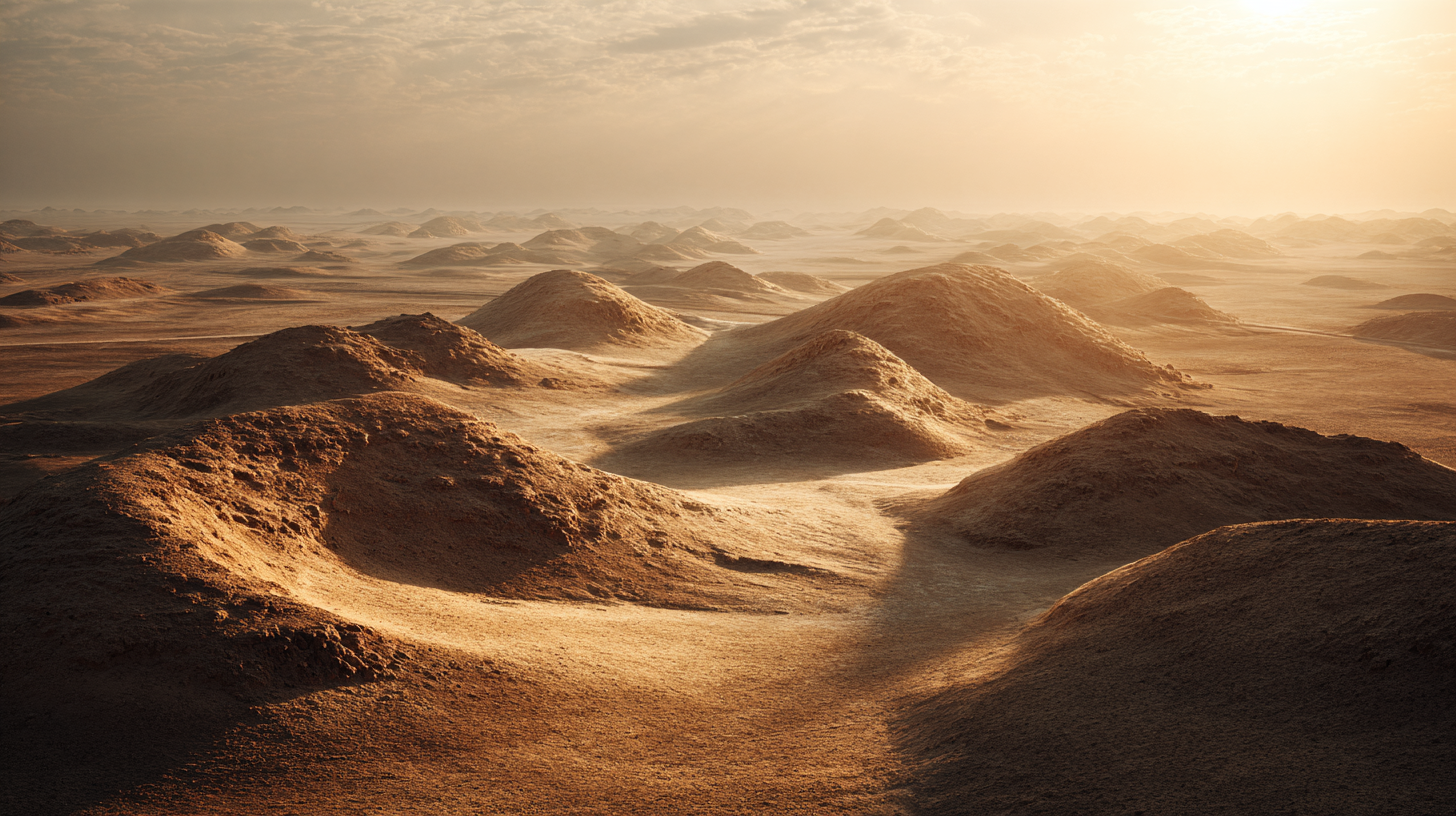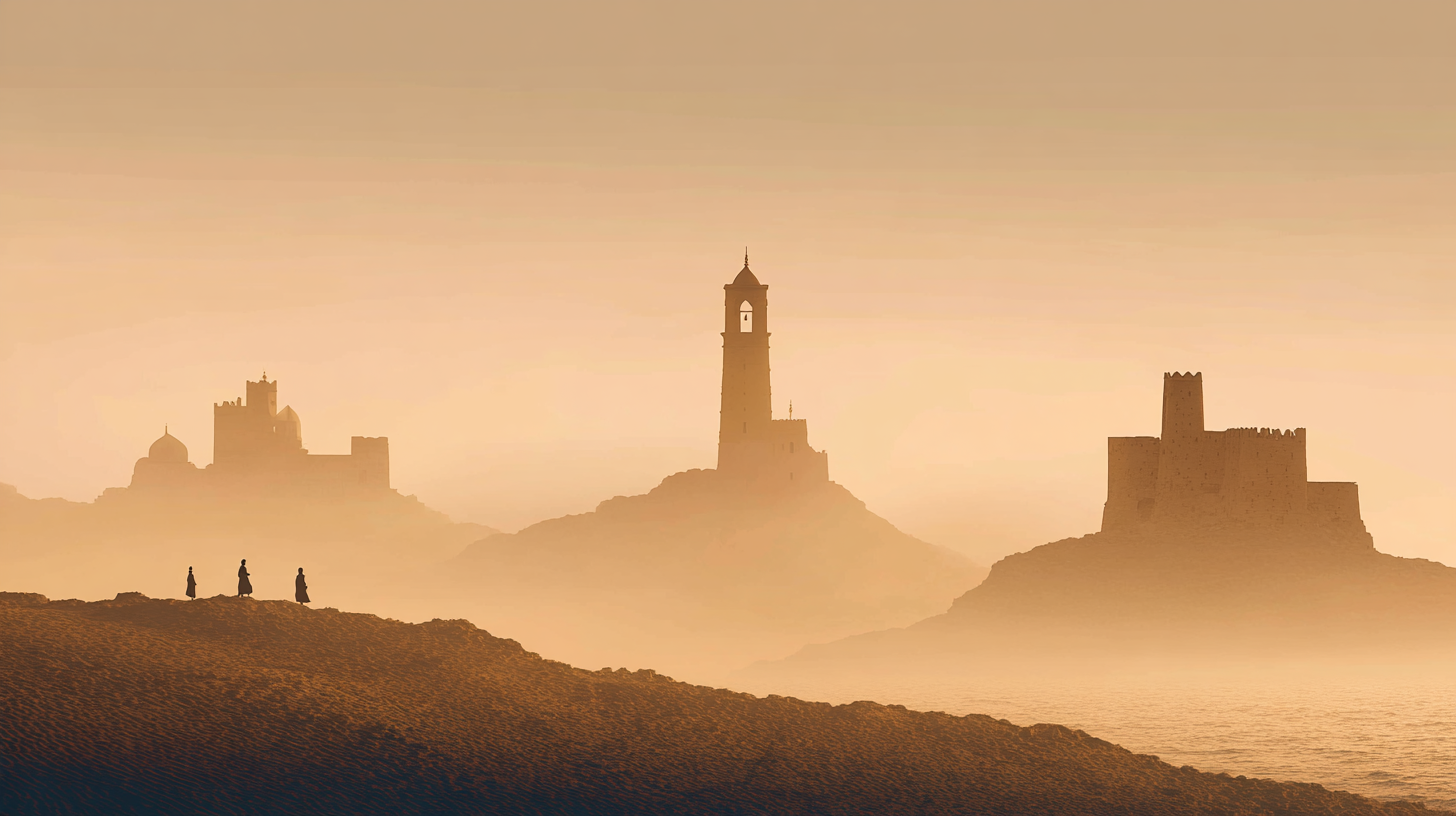Bahrain history stretches across thousands of years, shaped by ancient civilizations, flourishing trade routes, and enduring cultural depth that continues to define the island today. Known as the heart of the Dilmun civilization and an essential hub for merchants crossing the Gulf, Bahrain has preserved its past through monuments, archaeological sites, and timeless stories. Exploring the island’s heritage reveals how its early innovations and cultural exchanges helped shape the region. For visitors, Bahrain offers not just historical landmarks, but a journey through the layers of time that still echo across its landscapes.
Also Read: Bahraini Culture: 6 Inspiring Traditions
Bahrain History: The Dilmun Civilization and the Cradle of an Ancient Nation
The roots of Bahrain history begin with the Dilmun civilization, a culture that shaped early Gulf identity. The ancient Dilmun civilization represents one of the earliest organized societies in the Gulf, thriving as a center of trade between Mesopotamia and the Indus Valley. Archaeological discoveries reveal a sophisticated culture with advanced urban planning, spiritual beliefs, and far-reaching economic connections. Dilmun was once described as a “land of immortality” in ancient texts, cementing its role as a revered and influential civilization. Walking through its archaeological remains gives a sense of how deeply the island contributed to early Gulf history.

The importance of Dilmun is felt across Bahrain’s historical landscapes today. Many artifacts uncovered in temples, burial mounds, and coastal settlements offer insight into daily life, craftsmanship, and religious practices. These findings show an interconnected culture that valued trade, artistry, and community. Dilmun serves as the foundation of Bahrain’s heritage, acting as a key thread that runs through the island’s identity.
Bahrain Fort (Qal’at al-Bahrain): A UNESCO Legacy
Bahrain Fort remains one of the most significant structures in Bahrain history, offering a window into centuries of trade and governance. Qal’at al-Bahrain stands as one of the island’s most iconic historical sites, recognized as a UNESCO World Heritage Site for its immense cultural value. Over centuries, the fort served as a Dilmun capital, a Portuguese defensive base, and an administrative center for various regional powers. Its layered construction reveals centuries of occupation, with each era shaping the architecture and strategic purpose of the site. Visitors can explore its towering walls, courtyards, and fortified structures that overlook Bahrain’s northern coast.

The surrounding archaeological site adds a deeper dimension to the experience. Excavations have uncovered residential areas, trading quarters, and ancient public spaces that illustrate how life once unfolded around the fort. The combination of historical architecture and ongoing archaeological discoveries makes Qal’at al-Bahrain a living museum. It is a rare place where history remains visible not only in stone, but also in the discoveries still emerging from the earth.
The Burial Mounds: Guardians of an Ancient Past
Bahrain’s burial mounds are among the most extensive ancient graveyard complexes in the world, dating back thousands of years. Scattered across the island, these mounds reflect the rituals, beliefs, and social structure of ancient Dilmun society. Some contain simple single burials, while others reveal carefully constructed chambers that indicate status and significance. Their presence demonstrates the importance of spirituality and the afterlife in early Bahraini culture.

Visiting the burial mounds offers a tangible connection to lives lived thousands of years ago. The A’ali burial mounds, in particular, showcase intricate stonework and well-preserved structures that highlight ancient architectural skill. These sites stand as powerful reminders of how Bahrain’s inhabitants honored their dead and preserved their historical identity. The burial mounds form one of the island’s most compelling archaeological stories.
The Barbar Temple: A Window into Ancient Spirituality
The Barbar Temple complex provides insight into the religious life of the Dilmun civilization. Dedicated to Enki, the Mesopotamian god of water and wisdom, the temple reflects advanced engineering and architectural style for its time. Built in multiple phases, the structure includes altars, courtyards, and a sacred spring that played a central role in worship rituals. Its design reveals a sophisticated approach to spirituality and ceremonial practice.

Exploring the Barbar Temple allows visitors to step into the symbolic heart of Dilmun religion. The alignment of structures and the use of natural water sources emphasize the civilization’s connection to nature and the divine. Even in its partially preserved state, the temple conveys a sense of ancient reverence and communal worship. It stands as one of Bahrain’s most important archaeological achievements.
Muharraq’s Pearling Trail: Preserving Maritime Heritage
Pearling traditions form an essential chapter in Bahrain history, connecting communities to the sea for generations. Bahrain’s pearling history is deeply woven into its cultural and economic development. The Pearling Path in Muharraq, another UNESCO site, tells the story of the island’s once-thriving pearling industry. Traditional houses, merchant residences, diving centers, and storage facilities line the trail, showcasing how communities depended on the sea. These structures reflect a way of life that shaped generations before the discovery of oil.
Explore Pearling Path in Muharraq in Street View — take a virtual walk through this medieval gem.
Walking the Pearling Path brings visitors into the daily world of divers, traders, and families connected to the sea. The restored buildings highlight the craftsmanship, resilience, and cultural pride of Bahrain’s maritime past. Pearling is more than an economic legacy — it is a heritage that continues to influence Bahrain’s identity. The trail preserves this history with authenticity and care.
The National Museum of Bahrain: A Gateway to the Island’s Past
The National Museum of Bahrain serves as a comprehensive introduction to the island’s historical timeline. Its galleries include artifacts from the Dilmun era, traditional crafts, burial mound discoveries, and cultural exhibits that span millennia. Carefully curated displays present Bahrain’s story through objects, reconstructed environments, and historical narratives that give clarity to the island’s evolution. The museum’s modern design contrasts beautifully with the ancient history it holds.
Explore National Museum of Bahrain in Street View — take a virtual walk through this medieval gem.
Visiting the museum allows travelers to understand the broader context behind Bahrain’s archaeological sites. Exhibits detail daily life, trade, religion, and craftsmanship, offering a deeper appreciation for the cultural richness found across the island. As a cultural landmark, the museum ensures that Bahrain’s heritage remains accessible to both residents and global visitors. It is the perfect starting point for anyone seeking to explore the island’s past.
Conclusion
Bahrain’s historical heritage reveals the island’s role as a cultural crossroads and a center of early civilization. Ancient temples, burial mounds, fortified cities, and maritime traditions all contribute to a legacy that is both diverse and enduring. Each site offers a window into a different chapter of Bahrain’s past, showing how deeply its history continues to shape its present identity. Exploring these landmarks invites travelers to step into a world where ancient traditions, remarkable craftsmanship, and timeless stories converge into a heritage unlike any other in the Gulf.
Learn more on Bahrain’s official culture and heritage website.

